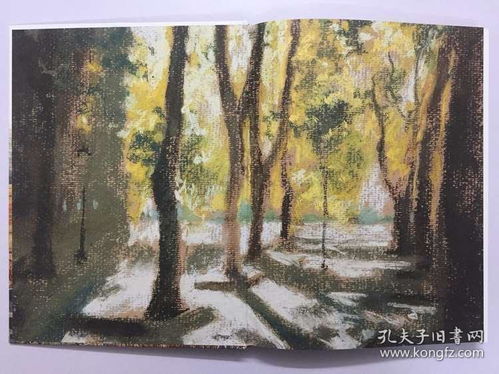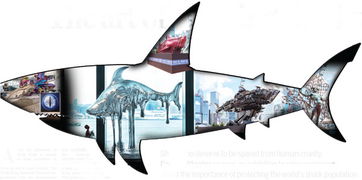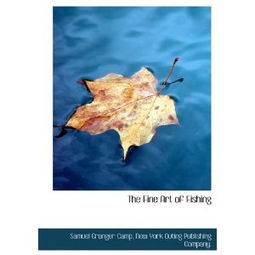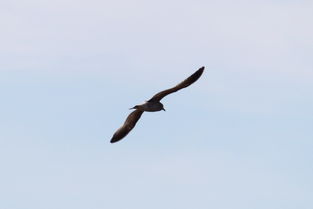Content:
Fishing in long-shaped ponds can be both a challenging and rewarding experience. The elongated shape of these ponds creates unique fishing conditions that require specific techniques and strategies to be successful. Whether you're a seasoned angler or a beginner, here are some essential tips and techniques to help you master the art of fishing in long-shaped ponds.
Understanding the Pond's Layout
Before you cast your line, it's crucial to understand the layout of the long-shaped pond. Take note of the following:
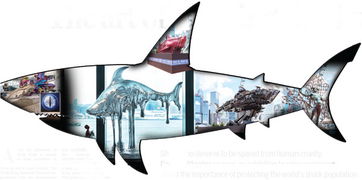
- Water Depth: Long-shaped ponds often have varying depths. Identify the deeper sections where fish are more likely to congregate.
- Vegetation: Look for areas with submerged vegetation, as these spots can provide excellent cover for fish.
- Structure: Pay attention to any natural or artificial structures like rocks, logs, or docks that can attract fish.
- Currents: If the pond has a current, understand how it flows and how it might affect fish movement.
Choosing the Right Gear
The right gear can make a significant difference in your fishing success. Here's what you should consider:
- Rod and Reel: A medium-heavy to heavy-duty rod with a fast action is ideal for long-shaped ponds. This will help you handle larger fish and deal with the pond's length.
- Line: Use a monofilament line with a thickness that matches your rod's strength. For long-shaped ponds, a line thickness between 8 to 12 pounds is usually sufficient.
- Hooks: Choose hooks that are appropriate for the type of fish you're targeting. Larger hooks are often better for bigger fish.
- Lures and Baits: Depending on the fish species, you might use artificial lures, live bait, or a combination of both. Research the preferences of the fish in your pond.
Fishing Techniques
Once you have your gear ready, here are some effective fishing techniques for long-shaped ponds:
- Cast and Retrieve: This is the most common technique. Cast your lure or bait into the water and retrieve it slowly, mimicking the natural movement of fish prey.
- Trolling: If the pond has a current, you can use a trolling technique. Attach your lure or bait to a fishing line and let it float along with the current, adjusting your speed to maintain a consistent presentation.
- Drifting: For areas with strong currents, drifting can be effective. Attach your lure or bait to a float and let it drift naturally, adjusting your pace to match the current's speed.
- Stationary Bait: If you find a good spot, you can also try fishing with a stationary bait. Cast your line into the desired area and wait for fish to come to you.
Timing and Patience
Fishing in long-shaped ponds requires patience and timing:
- Early Morning or Evening: Fish are often more active during these times, so fishing early in the morning or in the evening can increase your chances of success.
- Weather Conditions: Fish are more likely to feed during overcast or slightly windy days. Avoid fishing during extreme weather conditions.
- Patience: Be prepared to wait for a while. Fish may not bite immediately, so stay patient and keep experimenting with your techniques.
Safety Precautions
Always prioritize safety when fishing in long-shaped ponds:
- Water Conditions: Check the water conditions, including depth and clarity, to ensure your safety.
- Weather: Monitor the weather and be prepared for sudden changes.
- Equipment: Carry a first aid kit and ensure your equipment is in good working condition.
In conclusion, fishing in long-shaped ponds requires a combination of knowledge, skill, and patience. By understanding the pond's layout, choosing the right gear, employing effective techniques, and maintaining safety precautions, you'll be well on your way to becoming a master angler in these unique water bodies. Happy fishing!
